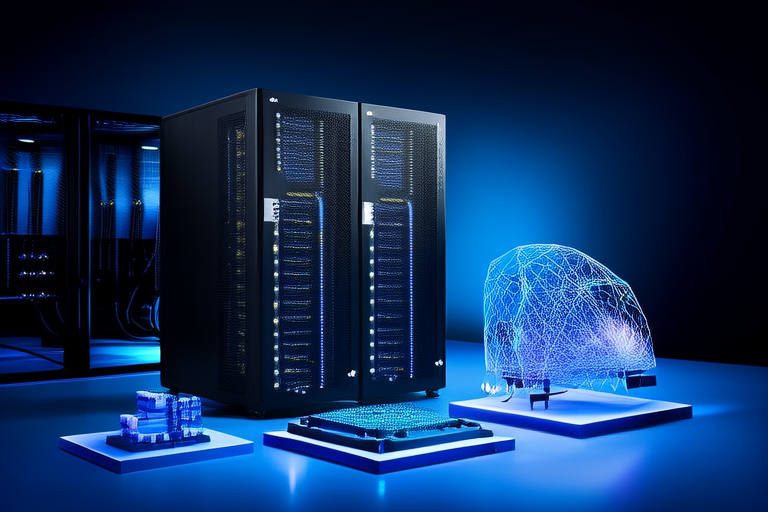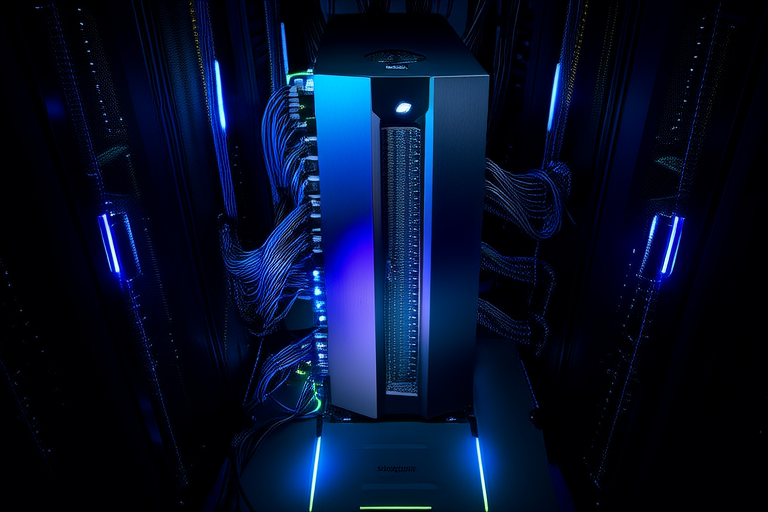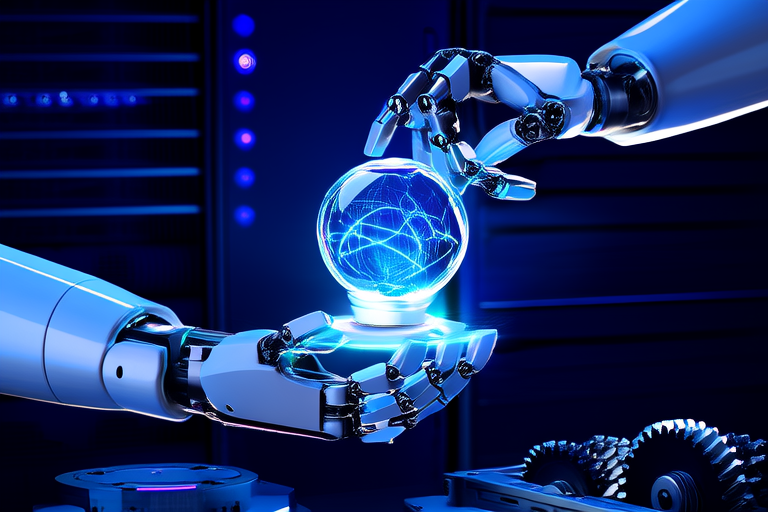Unraveling the Differences Between Machine Learning and Deep Learning
Introduction
In recent years, the fields of machine learning (ML) and deep learning (DL) have emerged as pivotal components of artificial intelligence (AI). These technologies have revolutionized numerous industries, from healthcare and finance to entertainment and transportation. The ability of machines to learn from data and improve their performance without explicit programming has transformed how we interact with technology and solve complex problems. Understanding the nuances between machine learning and deep learning is crucial for leveraging their full potential.
This article aims to provide a comprehensive overview of both machine learning and deep learning, highlighting their definitions, methodologies, and applications. By delving into their differences, we can better appreciate their unique strengths and limitations, paving the way for more informed decisions when choosing the right approach for specific tasks.
What is Machine Learning?
Machine learning is a subset of artificial intelligence that focuses on enabling systems to learn from data and make predictions or decisions without being explicitly programmed. It involves developing algorithms that can identify patterns in data, allowing computers to perform tasks such as classification, regression, and clustering.
Types of Machine Learning
Machine learning can be broadly categorized into three types:
- Supervised Learning: Involves training models on labeled datasets, where the algorithm learns to map inputs to outputs. Common applications include image recognition and spam detection.
- Unsupervised Learning: Deals with unlabeled data, aiming to find hidden structures or patterns. Techniques like clustering and dimensionality reduction are widely used in customer segmentation and anomaly detection.
- Reinforcement Learning: Employs trial-and-error methods to optimize actions based on feedback from the environment. This approach is particularly useful in robotics and game playing.
Key Algorithms in Machine Learning
Several algorithms form the backbone of machine learning:
- Decision Trees: A tree-like model of decisions and their possible consequences, often used for classification tasks.
- Support Vector Machines (SVM): A powerful technique for classification and regression, especially effective in high-dimensional spaces.
- K-Means Clustering: An unsupervised learning algorithm that partitions data into distinct groups based on similarity.
Feature engineering plays a critical role in traditional machine learning, where domain expertise is often required to select and transform relevant features for optimal model performance.
What is Deep Learning?
Deep learning is a specialized form of machine learning that leverages neural networks with multiple layers to automatically learn hierarchical representations of data. It builds upon the principles of machine learning by introducing more complex architectures capable of handling vast amounts of unstructured data, such as images, text, and audio.
Neural Networks
A neural network consists of interconnected nodes (neurons) organized into layers:
- Input Layer: Receives raw input data.
- Hidden Layers: Process and transform the input through a series of mathematical operations.
- Output Layer: Produces the final prediction or classification.
Activation functions introduce non-linearity, enabling the network to learn complex patterns. Backpropagation is a key technique used to adjust weights during training, minimizing the error between predicted and actual values.
Popular Deep Learning Architectures
Some prominent deep learning architectures include:
- Convolutional Neural Networks (CNNs): Specialized for processing grid-like data, such as images, making them ideal for computer vision tasks.
- Recurrent Neural Networks (RNNs): Designed to handle sequential data, finding applications in natural language processing and time-series forecasting.
- Transformers: Revolutionizing the field of NLP, transformers enable efficient parallelization and attention mechanisms for capturing dependencies in data.
Deep learning thrives on large datasets and significant computational resources, often requiring powerful GPUs or TPUs for training.
Key Differences Between Machine Learning and Deep Learning
Complexity of Models
Machine learning models tend to be simpler and more interpretable, while deep learning models are highly complex and often act as black boxes. The increased complexity allows deep learning to capture intricate patterns but at the cost of reduced transparency.
Labeled Data Requirements
Traditional machine learning typically requires labeled data for supervised learning, whereas deep learning can leverage both labeled and unlabeled data, thanks to semi-supervised and self-supervised learning techniques.
Feature Extraction
In machine learning, feature engineering is crucial, involving manual selection and transformation of input variables. Deep learning automates feature extraction, learning hierarchical representations directly from raw data.
Computational Requirements
Deep learning demands substantial computational power and memory, especially during training, due to the large number of parameters involved. Machine learning models, on the other hand, are generally less resource-intensive.
Scalability
Deep learning scales well with increasing data size and complexity, making it suitable for large-scale applications. Machine learning models may struggle with very large datasets unless carefully engineered.
Interpretability
Machine learning models, particularly those built with linear or decision-based algorithms, are easier to interpret. Deep learning models, however, pose significant challenges in terms of interpretability, making it difficult to understand the reasoning behind predictions.
Applications of Machine Learning and Deep Learning
Machine Learning Applications
Machine learning excels in various domains:
- Fraud Detection: Using historical transaction data to identify suspicious activities.
- Email Spam Filtering: Classifying emails as spam or legitimate based on learned patterns.
- Recommendation Systems: Analyzing user behavior to suggest personalized products or content.
Deep Learning Applications
Deep learning has proven highly effective in:
- Image Recognition: Automatically identifying objects within images using CNNs.
- Natural Language Processing: Translating languages, summarizing documents, and generating human-like text with transformers.
- Autonomous Vehicles: Enabling cars to perceive their surroundings and make driving decisions based on sensor data.
The choice between machine learning and deep learning depends on the specific use case, available data, and computational resources. While machine learning offers simplicity and interpretability, deep learning provides superior performance on complex tasks involving large datasets.
Conclusion
Machine learning and deep learning are indispensable tools in the AI toolkit, each with its own strengths and limitations. Machine learning remains the go-to approach for simpler, well-defined problems where interpretability is crucial. Deep learning, on the other hand, excels in tackling complex, data-rich environments where pattern recognition is paramount.
As technology continues to advance, the boundaries between these fields will likely blur further, leading to hybrid solutions that combine the best of both worlds. The future holds exciting possibilities, with ongoing research aimed at improving model interpretability, efficiency, and adaptability. By understanding the differences between machine learning and deep learning, practitioners can make more informed decisions, driving innovation and transforming industries.
References
For further reading on machine learning and deep learning, consider the following resources:
- Goodfellow, I., Bengio, Y., & Courville, A. (2016). Deep Learning. MIT Press.
- Russell, S., & Norvig, P. (2020). Artificial Intelligence: A Modern Approach. Pearson.
- Abadi, M., Agarwal, A., Barham, P., Brevdo, E., Chen, Z., Citro, C., … & Wu, Y. (2015). TensorFlow: Large-scale machine learning on heterogeneous systems. https://www.tensorflow.org/




